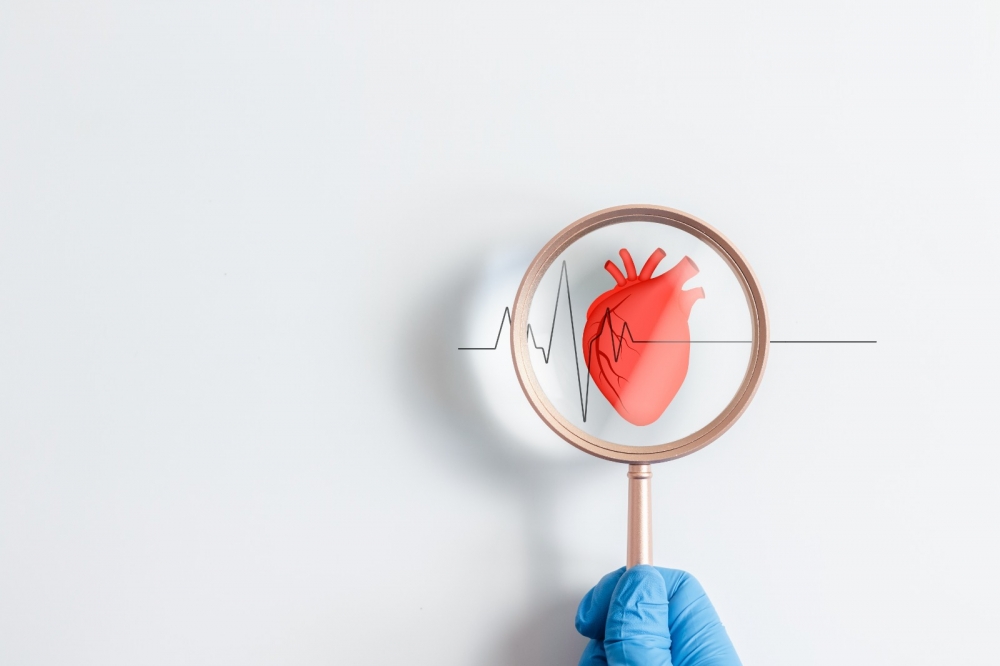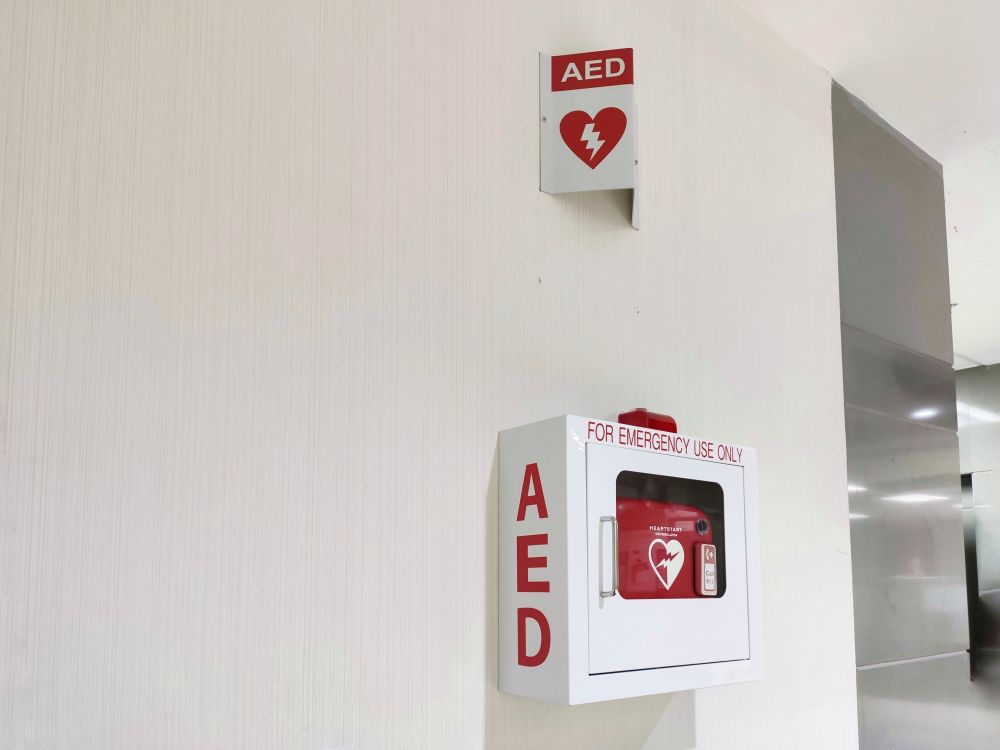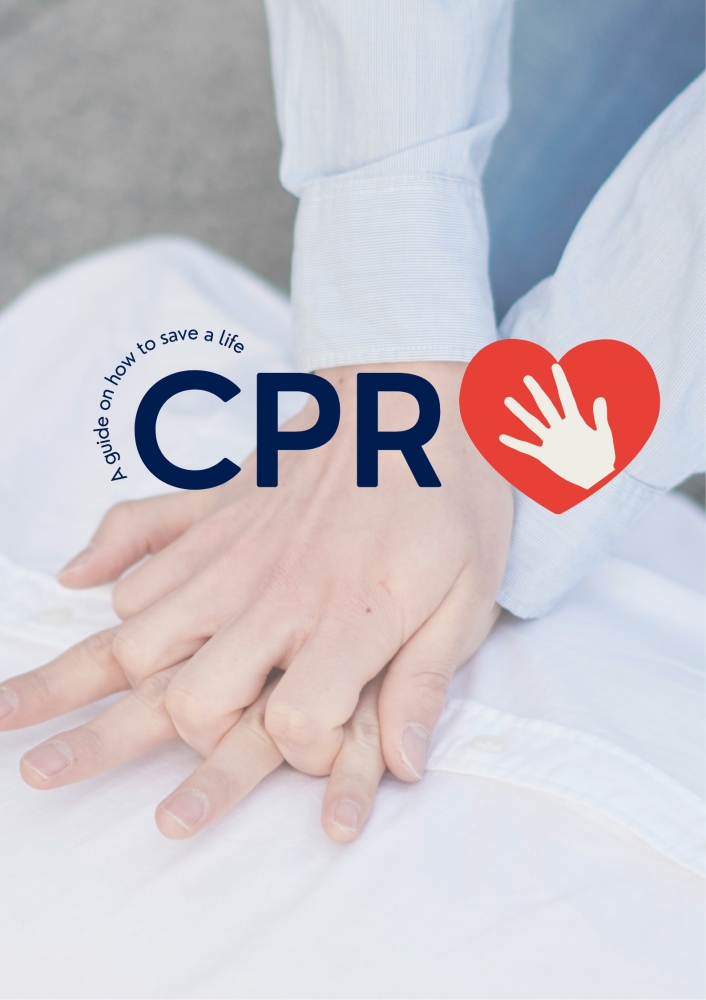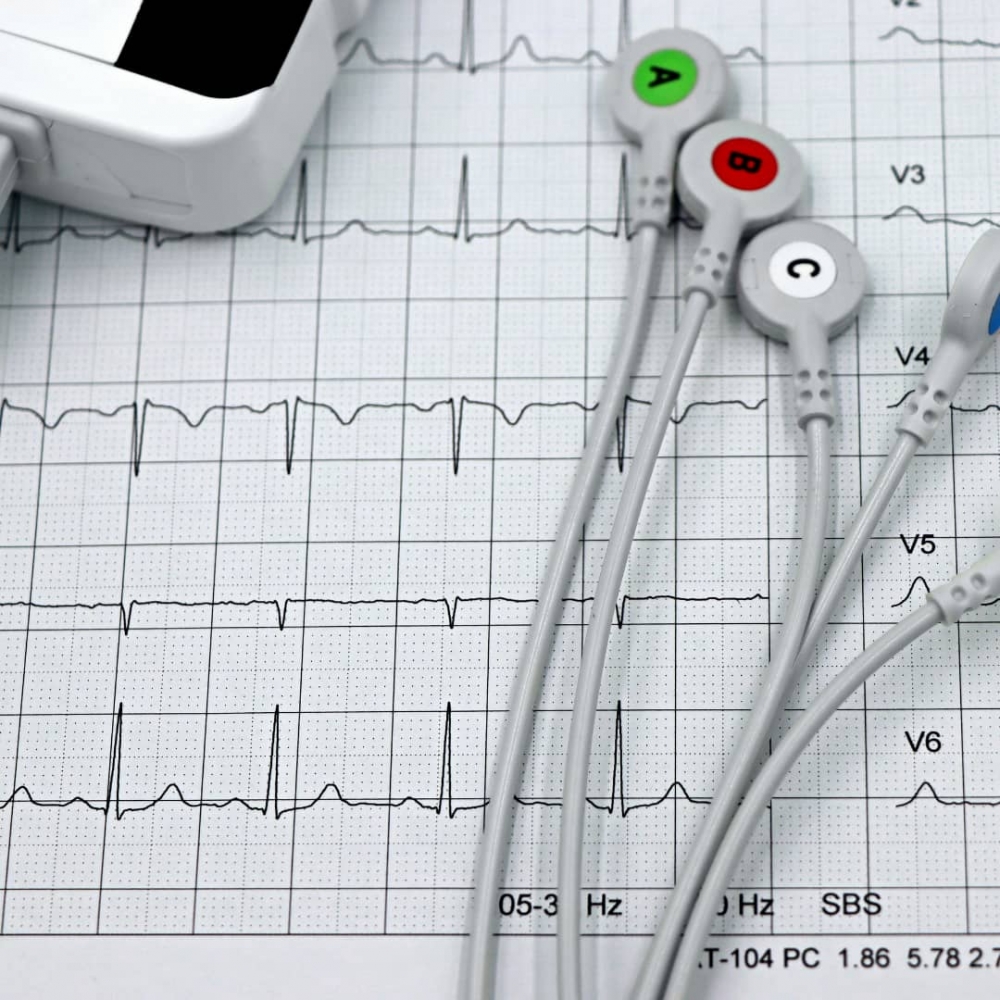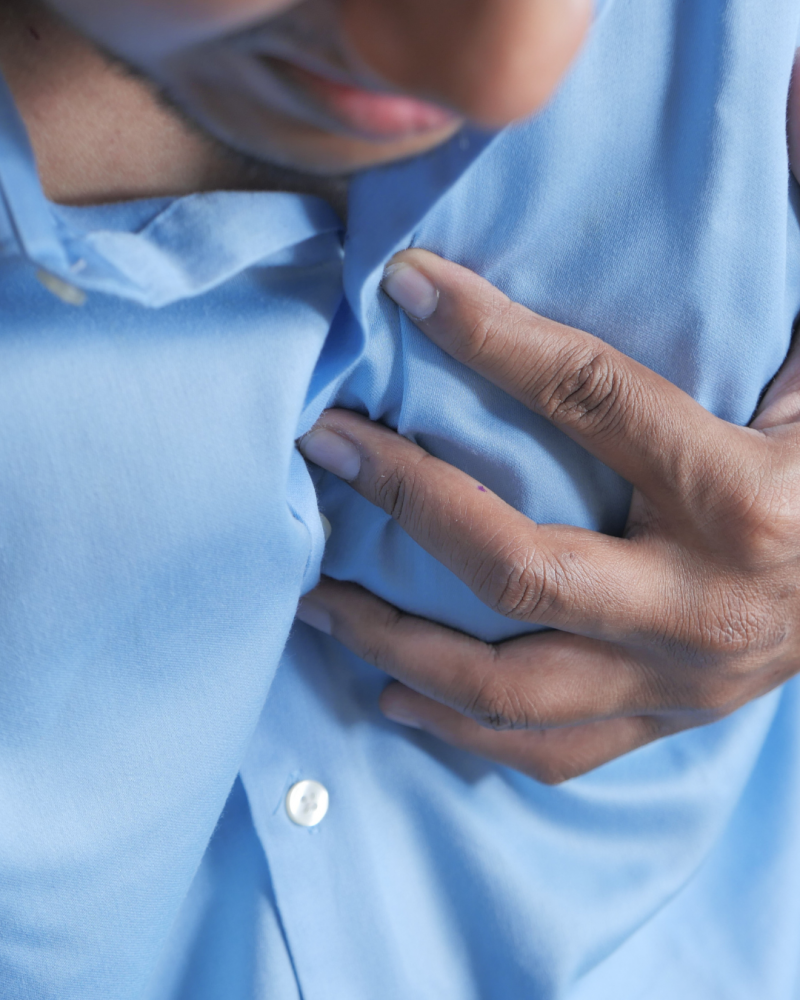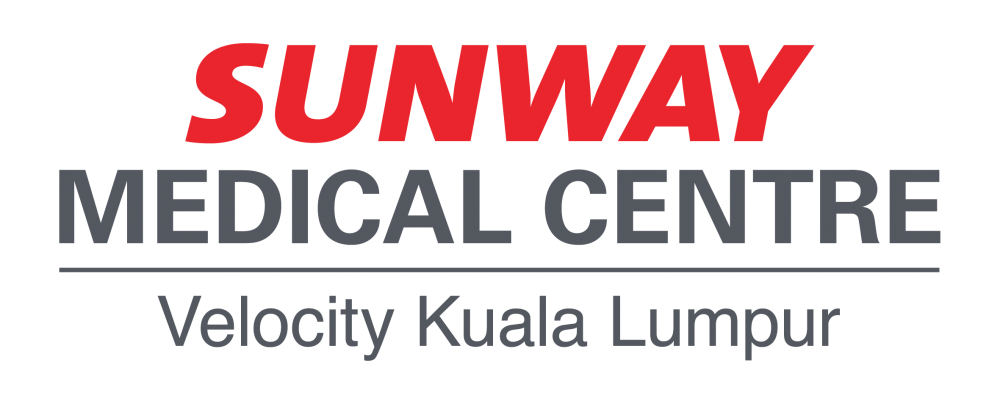Unmasking the exercising paradox: Are you truly fit or a heartbeat away from danger?

Behind the facade of peak physical performance lies a hidden risk - the potential for sudden cardiac arrest (SCA) or sudden cardiac death (SCD) to happen.
KUALA LUMPUR - As we step into the new year, one of the most common resolutions is at of losing weight or kickstarting a healthier and more active lifestyle and the adrenaline-fueled pursuits of athletes often inspire many of us to push our limits.
However, behind the facade of peak physical performance lies a hidden risk - the potential for sudden cardiac arrest (SCA) or sudden cardiac death (SCD) to happen.
Instances of cardiac arrest cases involving top athletes around the world challenge the traditional belief that athletic excellence inherently ensures heart health, prompting a deeper exploration of the intricate dynamics between intense training regimes and cardiovascular well-being.
Sunway Medical Centre Velocity (SMCV) consultant cardiologist and internal medicine physician Dr Tee Chee Hian said arrhythmias, characterised by abnormal heart rhythms can be present as the heart beats too fast, too slow, or irregularly and it can disrupt the heart's coordinated contraction and relaxation, potentially leading to serious complications, including SCD.
"Arrhythmias can trigger SCD by compromising the heart's pumping function, leading to a rapid decline in blood flow, causing hemodynamic instability, reducing oxygen supply to organs and in severe cases, inducing ventricular fibrillation, which can result in unconsciousness and, if untreated, sudden cardiac death,” he said in a statement.
Dr Tee said recognising the risk factors associated with arrhythmias is paramount, encompassing an understanding of their symptoms and awareness of age groups more susceptible to these conditions.
He said arrhythmias can manifest through palpitations, dizziness, fainting, chest discomfort, shortness of breath and fatigue, while a common yet distinctive sensation often reported is the feeling of the heart "skipping a beat."
Dr Tee said while arrhythmias can impact individuals of any age, the risk factors vary across different age groups, influenced by factors such as aging, heart disease, genetic predisposition and lifestyle choices.
"Key contributors to the risk of arrhythmias and sudden cardiac death include heart disease, a history of heart attacks, specific medications, genetic factors and lifestyle choices such as smoking and excessive alcohol consumption,” he said, underscoring the significance of regular check-ups and prompt treatment of underlying heart conditions to mitigate potential complications.
He added that most notably, arrhythmias can have an inherited component and in some cases, SCA have been linked to excessive exercise, particularly in athletes.
While endorsing resolutions for a more active lifestyle, Dr Tee advises caution that excessive or intense exercise, especially for those unaccustomed or with pre-existing heart conditions, can increase the risk of arrhythmias and in severe cases, SCA.
He noted that warning signs that could indicate excessive exercise include physical and performance-related indicators like persistent fatigue, frequent illnesses, changes in sleep patterns and performance plateau or decline, as well as psychological and physiological signs such as mood disturbances, menstrual irregularities and changes in heart rate.
"Additionally, recognising individual limits is crucial. For instance, individuals dealing with weight issues are advised to start their fitness journey gradually, choose low-impact activities and stay vigilant for symptoms like chest pain, shortness of breath or palpitations.
"This precautionary approach ensures one doesn't overexert themselves unknowingly,” he said while further highlighting the significance of well-rounded exercise routines, adequate rest, proper nutrition and sufficient recovery for fostering a healthy approach to physical activity.
Dr Tee said a range of diagnostic methods is available for identifying and understanding arrhythmias, such as the Electrocardiogram (ECG or EKG), a widely used tool recording the heart's electrical activity, adept at detecting abnormal rhythms.
"Portable variation like Holter monitors are also available, offering extended monitoring that enables the ability to capture intermittent arrhythmias that are not evident in standard ECGs,” he added.
Dr Tee also stressed the significance of knowing and monitoring normal heart rate before and during exercise even when individuals do not witness any symptoms, as this aids in the early identification of potential issues.
Therefore, he said, the importance of consulting healthcare professionals is crucial as they can tailor interventions based on individualised diagnostic approaches, ensuring an accurate diagnosis for optimal heart health.
He said in the event of SCA, besides calling for emergency assistance, immediate first-aid measures such as cardiopulmonary resuscitation (CPR) can make or break a situation.
Dr Tee emphasised the importance of equipping oneself with basic CPR skills, highlighting its potential to significantly improve survival chances while waiting for professional help.
"By understanding arrhythmias, recognising risk factors, and making informed choices about exercise, individuals can take significant steps toward a heart-healthy lifestyle,” he said.
SMCV is located at Lingkaran SV, Sunway Velocity. For enquiries, please contact +603 9772 9191 or email [email protected] and for more information visit www.sunwaymedicalvelocity.com.my (Facebook: Sunway Medical Velocity).
KembaliSuggest to Read
